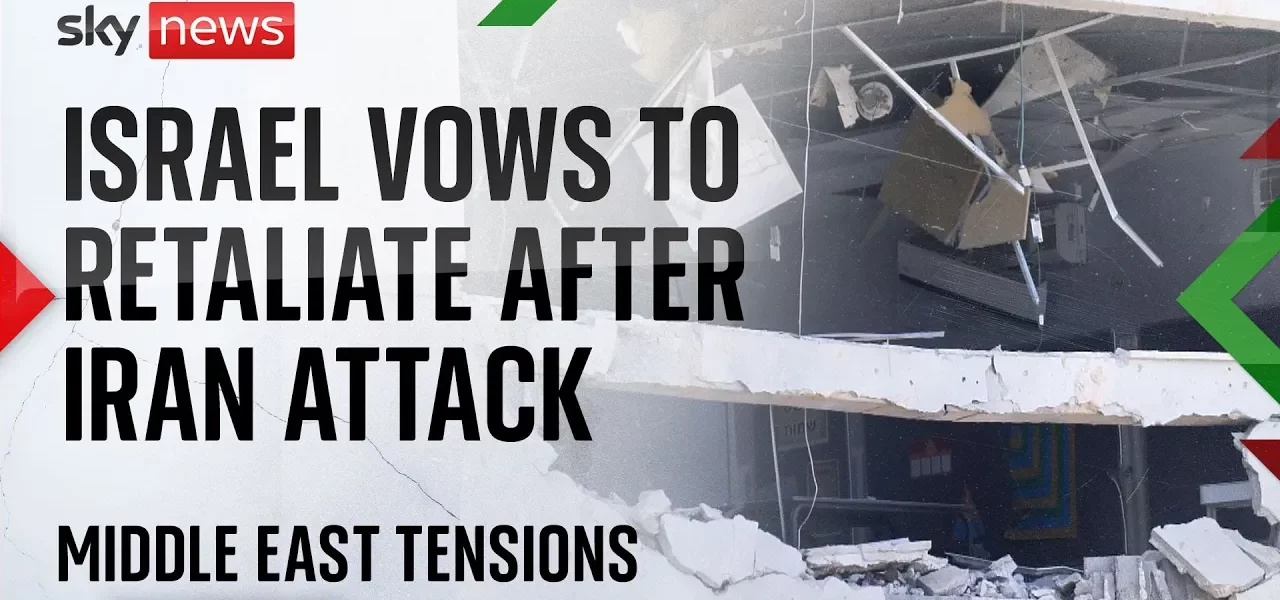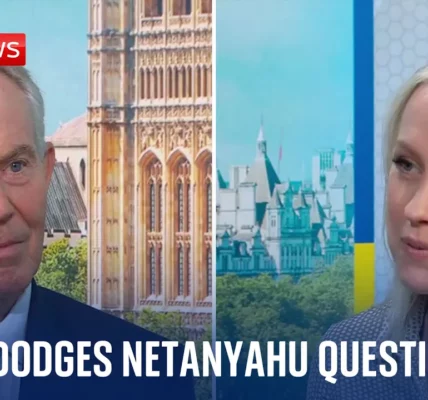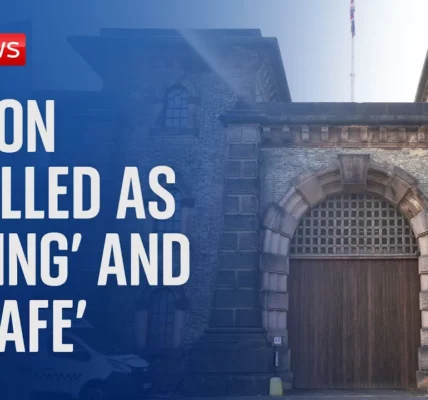Heavy Fighting on the Israel-Lebanon Border

This article provides a comprehensive overview of the escalating conflict between Israel and Lebanon, detailing military actions, local reactions, and the broader implications for the Middle East. The recent escalation of violence has raised concerns about regional stability and the potential for further conflict.
Introduction
The conflict between Israel and Lebanon has intensified significantly in recent days, characterized by heavy artillery exchanges and retaliatory strikes. As tensions escalate, the impact on local communities and military personnel is profound, with both sides experiencing casualties and significant damage. This article explores the current situation on the Israel-Lebanon border, the reactions from both nations, and the broader implications for regional stability.
Recent Developments in the Conflict
The morning of the reported fighting saw a barrage of outgoing Israeli artillery targeting Hezbollah positions and Lebanese villages. This military action was a direct response to increased aggressions from Hezbollah, which fired back into Israeli territory, triggering air raid sirens in nearby towns.
Casualties and Military Actions
According to the Israeli Defense Forces (IDF), eight Israeli soldiers have already lost their lives in recent confrontations. The funeral for one of the fallen soldiers took place today, illustrating the human cost of this ongoing conflict. Hezbollah has claimed responsibility for additional attacks, declaring that their soldiers are actively engaged in fighting back against Israeli forces.
Iran’s Involvement
Further complicating the situation, Israel faced a significant missile attack from Iran the previous night, which was perceived as retaliation for the assassination of Hamas leader Ismail Haniyeh and Israel’s ongoing military actions in Lebanon. This strike hit a school south of Tel Aviv, causing extensive damage but, fortunately, no casualties due to the timing of the attack.
- Eight Israeli soldiers killed, according to IDF reports.
- Hezbollah claims to have inflicted further casualties on Israeli forces.
- Missile attack from Iran resulted in a direct hit on a school but no injuries.
Local Reactions to the Conflict
Residents in the affected areas have expressed deep concerns about their safety and the ongoing violence. Many attribute their survival during recent attacks to divine intervention, highlighting the psychological and emotional toll the conflict has taken on the local population.
Community Resilience and Fear
One resident described the terrifying moment when a missile struck nearby, emphasizing their fear and the chaotic atmosphere that enveloped the area. Despite the threat of violence, many community members remain resilient, vowing to continue their lives amid ongoing hostilities.
God’s Role in Survival
Some locals have openly stated that their survival during these attacks is due to their faith in God. This sentiment underscores a broader theme of hope and resilience amidst despair.
Damage Reports and Military Readiness
Reports indicate that a large crater was left at the school site, with windows shattered and walls damaged. Despite the devastation, authorities noted that there were no injuries, primarily due to the timing of the attack when the school was empty.
The Military Response and Future Implications
The Israeli military has confirmed that its airbases were also targeted in the Iranian missile strikes, although specific details about the extent of the damage have not been disclosed. The IDF asserts its readiness to respond to any threats with precision and power.
Statements from Military Leaders
Military officials have reiterated their capabilities to strike any target in the Middle East, emphasizing an unwavering commitment to protect Israeli citizens. The Prime Minister’s determination to alter the balance of power in the region remains steadfast, even as tensions with Iran continue to simmer.
Regional Tensions and International Reactions
The Iranian Parliament has responded with anti-American rhetoric, blaming foreign intervention for the region’s instability. The Iranian regime has cautioned Israel against retaliatory actions, asserting that foreign presence in the Middle East is the root cause of ongoing conflicts.
- Israel’s military readiness and capabilities remain a focal point.
- Iranian officials warn against further escalation.
- International responses may shape future engagements in the conflict.
Conclusion
The current conflict between Israel and Hezbollah showcases the complexities of Middle Eastern geopolitics, with local populations caught in the crossfire. As military actions continue and casualties rise, the need for a peaceful resolution becomes increasingly urgent. Stakeholders in the region must prioritize dialogue and diplomacy to prevent further loss of life and achieve lasting stability. For more insights on the ongoing situation, visit our related articles on Middle Eastern conflicts and peace initiatives.
“`




